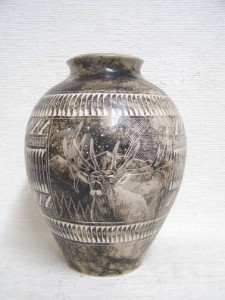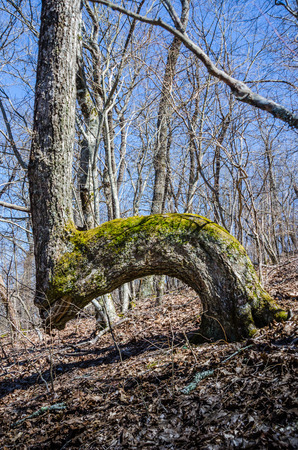 Paleo-Americans are famous for their unique works of art, in particular pottery and the weaving of natural grasses and cane into mats and baskets. Few things are more attractive than authentic, Native American pieces of pottery. Earlier this spring, we talked about the beauty in horsehair pottery, and now we’re going to touch a bit more on how this all got started.
Paleo-Americans are famous for their unique works of art, in particular pottery and the weaving of natural grasses and cane into mats and baskets. Few things are more attractive than authentic, Native American pieces of pottery. Earlier this spring, we talked about the beauty in horsehair pottery, and now we’re going to touch a bit more on how this all got started.
Many tribes say that a longhaired maiden was removing hot pottery from an open-pit fire when a gust of wind blew her hair right onto the pot. Her hair burned into the surface creating a beautiful, unique pattern of intricate designs. This new style evolved into using horsehair to pay tribute to a fallen horse or one that was particularly brave. The Native American people treated the horse as an honored member of the family. This technique has lived on and in contemporary society hair from the tail and mane of a horse is used to create dark lines; the cloudy gray areas come from the smoke when the hair burns.
When the government relocated the Native Americans from their homes to the reservations, many of them lost their ability to create pottery. Without their native clay fields, the plants for the paint, and the potters themselves (many died along the way), the people lost many of their art forms and much of their culture. However, some Native Americans never gave up. Far from their materials, some potters persisted, passing their cultural tradition down.
Although Horsehair pottery is ceramic, not handbuilt, the patterns created by the burning hair and the etching makes each a unique piece of art as well as a window on Native American history and culture.





Hello, How do I get prices?
All the prices are on our website http://www.kachinahouse.com